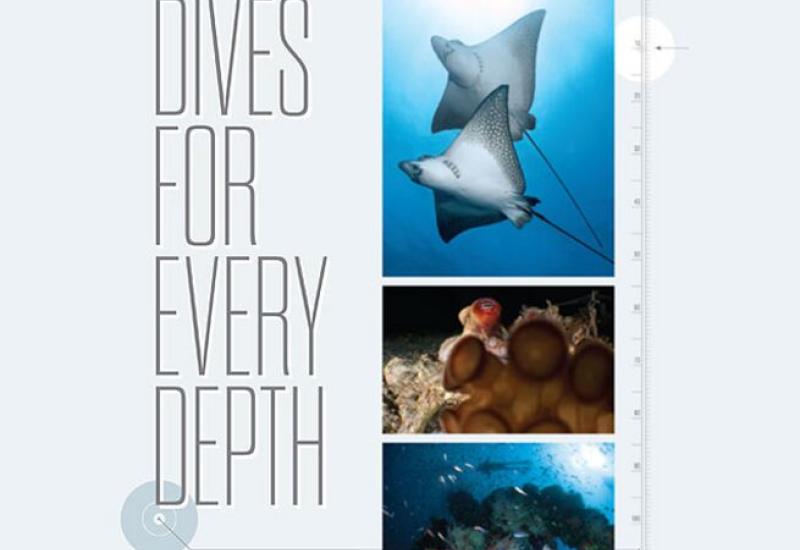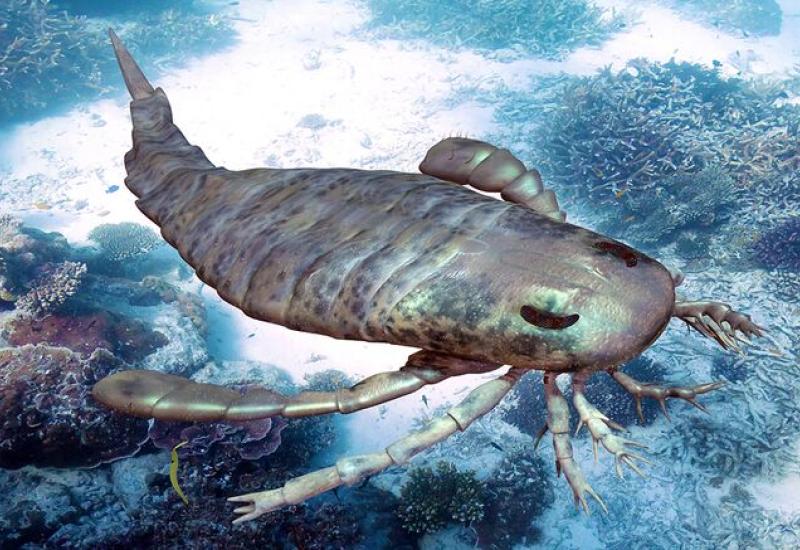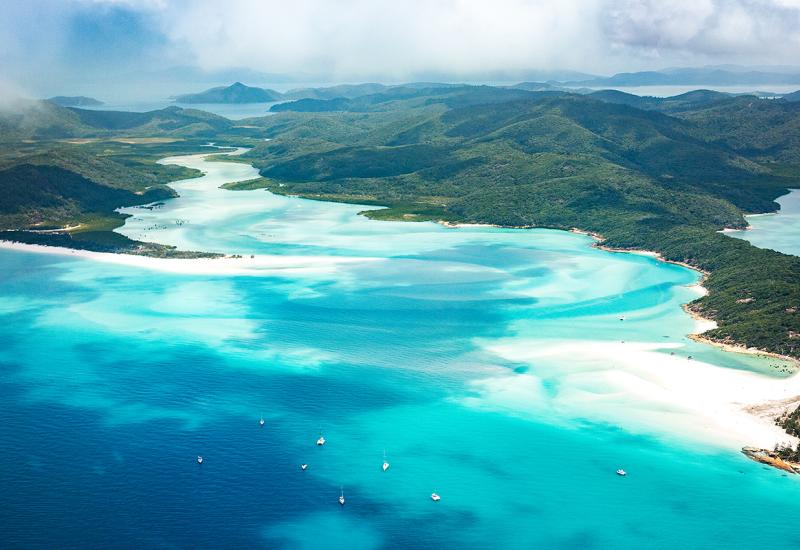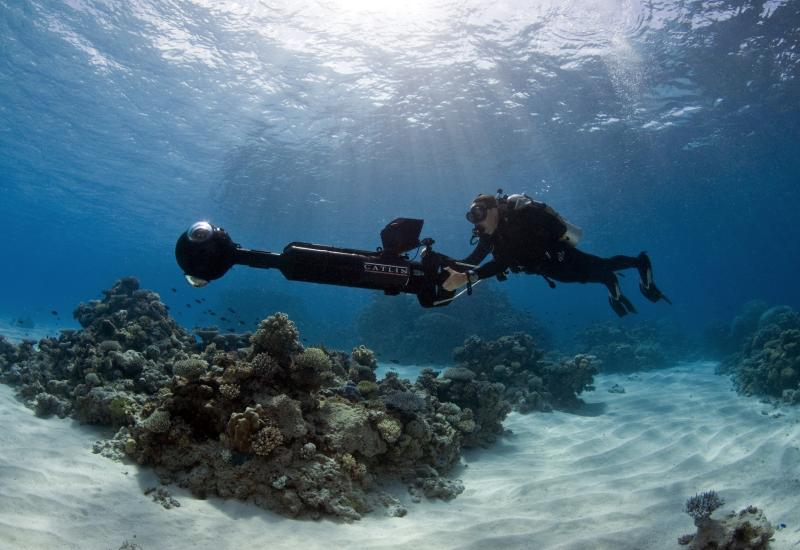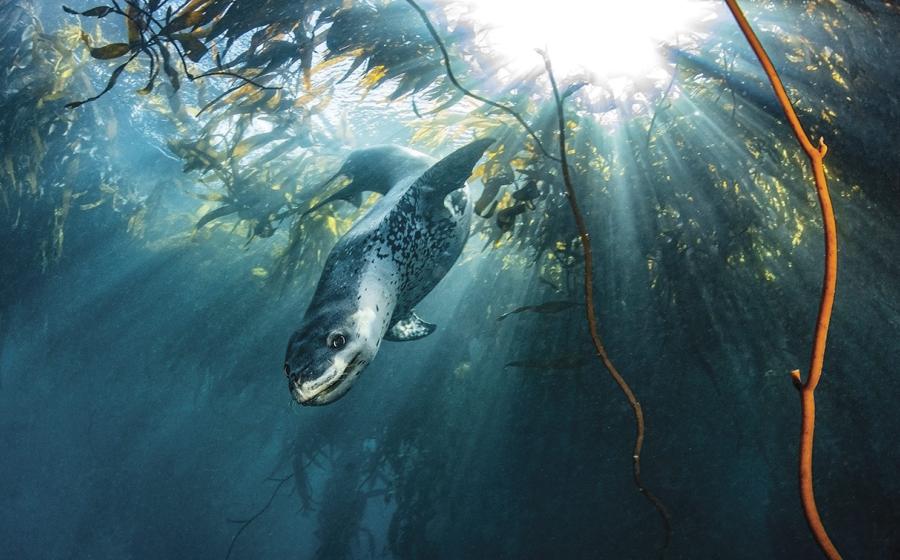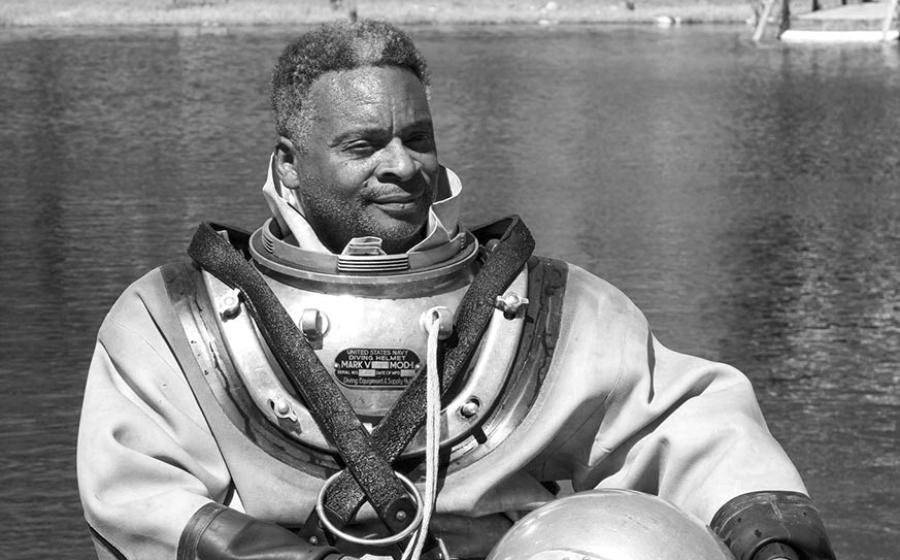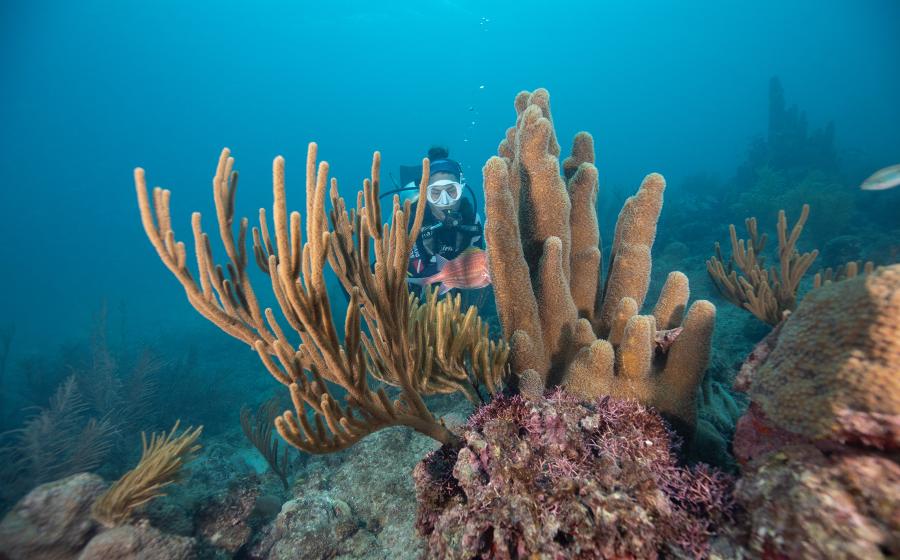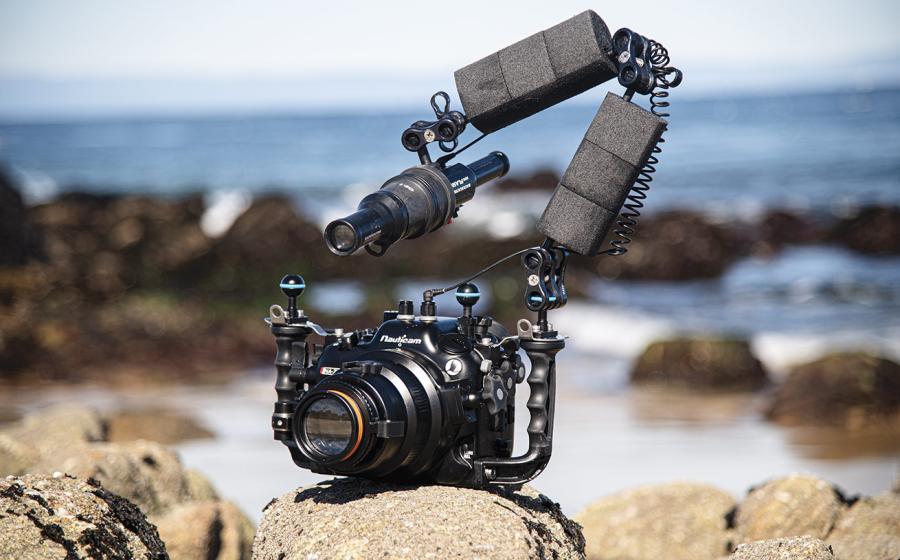The World's Most Haunting Wrecks
We scuba divers love the thrills and chills of wreck diving, but some wrecks have stories that haunt us long after we've surfaced. Learn the history behind the six featured in our photo gallery.
Love scuba diving on wrecks as much as we do? Check out The Best Wrecks You've Never Heard Of.

iStockFujikawa Maru: Gas masks, skulls and bullets are among the haunting artifacts divers will find when exploring the ship graveyard in Chuuk Lagoon. The Fujikawa Maru was in the Battle of Midway and was involved in other World War II battles in the Pacific Theater. On February 17 and 18, 1944, she was hit repeatedly by U.S. bombers and torpedo bombers as part of Operation Hailstone, before she finally sank on the morning of February 18. Go now: Truk Odyssey liveaboard

Steve Sellers / NOAACornelia B. Windiate: For many years, the story of the 138-foot Windiate’s disappearance was a mystery. It was thought to have gone down in Lake Michigan, since it was spotted there in an 1875 fall gale and was never seen again. More than 100 years later, the wreck of this wooden three-masted schooner was discovered deep in Lake Huron’s waters.

Steve Sellers / NOAACornelia B. Windiate: The ship is in nearly perfect condition with masts upright, cabin intact, and the yawl boat lying alongside the stern.

Steve Sellers / NOAACornelia B. Windiate: It is believed that the Windiate sunk due to heavy seas covering the decks in ice. No signs of the eight crewmen have ever been found. The schooner is on the sea bottom 180 feet below the surface, remarkably preserved.

iStockCorsair Plane Wreck, Oahu: Wreck divers know that even small wrecks like the World War II-era Corsair airplane wreck, located in Maunalua Bay, are chilling reminders of the people who were on board. In this case, the pilot's routine mission in 1948 ended when the aircraft started to sputter. The pilot managed to make a smooth water landing, and he was successfully rescued. Despite the soft landing, however, the Corsair ended up on the seafloor. The wreck lies in about 115 feet of water and is subject to unpredictably strong and swift currents. Go now: Dive Oahu

iStockUSAT Liberty, Bali, Indonesia: The Liberty is a popular spot for divers and snorkelers due to her relatively shallow depth an location close to the beach at Tulamben, Bali. Serving in the Pacific Theater during World War II, Liberty was a U.S. Army cargo ship torpedoed by a Japanese submarine in January 1942. She was en route to the Philippines with a cargo of railway parts and rubber. The U.S. destroyer Paul Jones and Dutch destroyer Van Ghent attempted to tow the damaged ship to Singaraja, on the north coast of Bali. However, she was taking too much water and had to be beached at Tulamben, on Bali's east coast; her cargo and fittings were salvaged. She remained on the beach until 1963 when the tremors from the eruption of Mount Agung caused the vessel to slip off the beach. She now lies on a sand slope in 25 to 100 feet of water.

iStockUSAT Liberty, Bali, Indonesia: Arrive early as this is one of — if not the — most popular dives off Bali. It is covered in marine life — hard and soft corals, sea fans, nudibranchs, gorgonians, hydroids and anemones — that has transformed the ship into a living reef.

iStockThistlegorm, Red Sea: The SS Thistlegorm, a British munitions ship, was sunk by a German bomber in 1941 off the coast of Egypt. There was a large buildup of Allied troops in Egypt and German Intelligence suspected that there was a troop carrier in the area bringing in additional troops. Two German bombers were dispatched to find and destroy the troop carrier. This search failed, but one of the bombers dropped two bombs on the Thistlegorm. The bomb and resulting explosion of some of the ammunition sank the Thistlegorm. Four sailors and five members of the Royal Navy gun crew lost their lives. Most of the cargo, like these motorbikes, remained within the ship. Go now: Red Sea Aggressor

iStockGraveyard of the Atlantic, North Carolina: The "Graveyard of the Atlantic" is the nickname for the treacherous waters and shoals in the Atlantic Ocean found off the Outer Banks of North Carolina and Virginia. Many of the wrecks have become popular because they attract sand tiger sharks.

Bill Russ / visitnc.comU-352, North Carolina: In April 1942, the U-352 left St.-Nazaire, France, for the United States. During World War II, U-boats were known to hunt in groups called Wolfpacks. On May 9, 1942, the U-352 was searching for a target to sink. In all of its previous attempts, U-352 had failed to sink any Allied ships.

Bill Russ / visitnc.comU-352, North Carolina: On May 9, 1942, U-352 was sunk by depth charges from the U.S. Coast Guard cutter Icarus, south of Morehead City, North Carolina. The Icarus crew machine-gunned the German submariners in the water and departed, but returned 45 minutes later to pick up survivors. Fifteen of the crew were lost, but 33 survived and spent the remainder of the war as prisoners.

